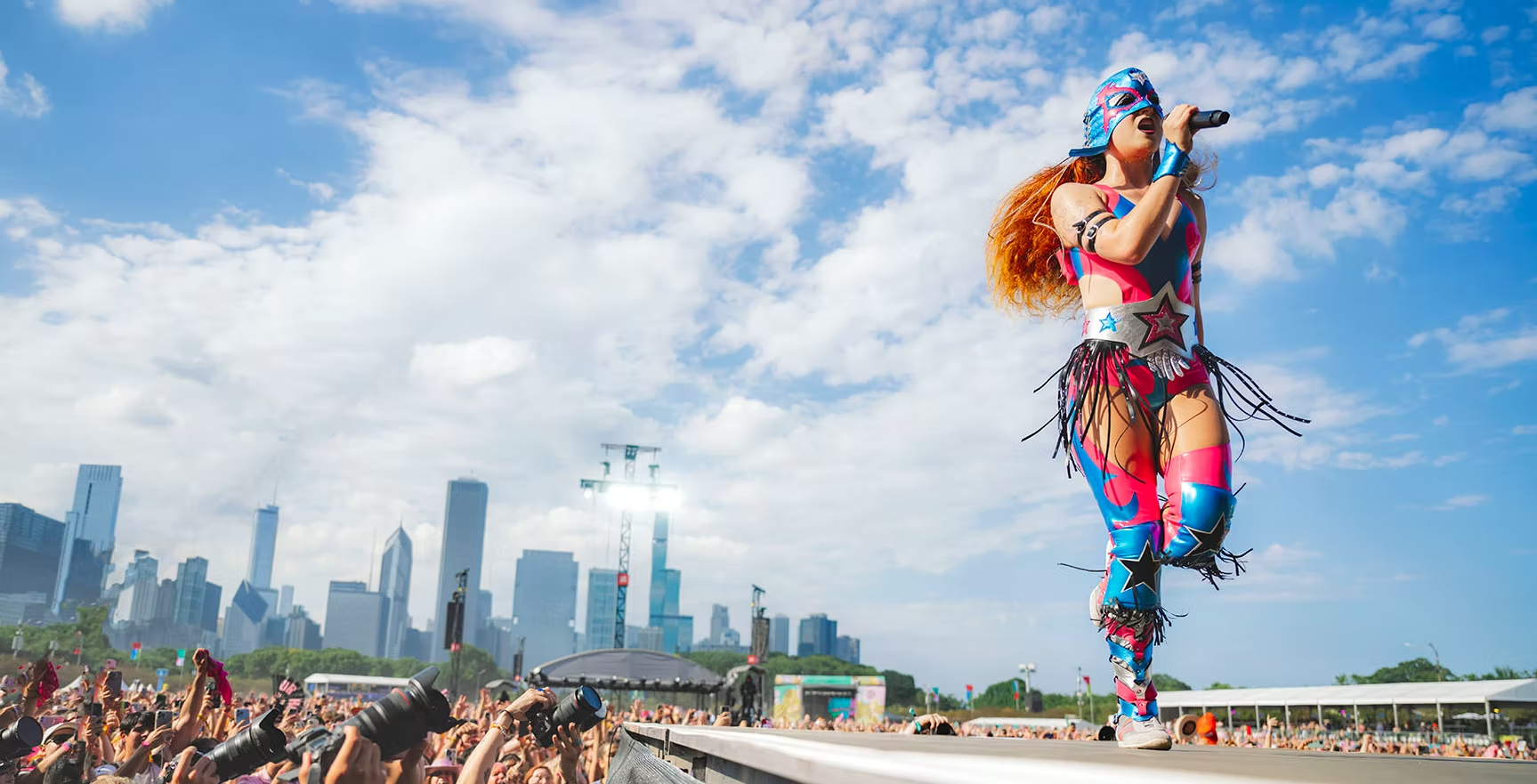
Story: Liam Owen
Photos: Sean Rider
There is no single show that has influenced my views on life more than “Lost.” In it, often when one character is born or revitalized, another dies. One of the central musical pieces, itself a recurring motif, is called “Life and Death.” The show’s themes reinforce light versus dark, the idea that the highest summits and the lowest valleys can exist simultaneously. I have not been to an event that has encapsulated these phenomena more than 2024’s Lollapalooza.
Everywhere I went within the confines of the festival, I encountered wonderful contradictions. The magic that comes from walking through Disney World as well as the consistent oppressive humidity. The ability to be grateful you can hear one artist without another bleeding through—while also being resentful that you often have to walk miles between sets. As I was walking, music of different genres poured into each ear simultaneously creating a dissonance similar to TikToks combining Family Guy clips and Subway Surfers gameplay. One almost needs training to go to every day of a music festival and be able to see everything they want to. It is an epic journey that cannot be underestimated.
I started my Lolla journey with Been Stellar. The New York band’s music oozes with a quiet contemplation mixed with earnest pleading. Though their lead singer, Sam Slocum, seems a bit unimposing and introverted, his sound certainly was not as his veins popped out of his neck while passionately singing. Most of the band was wearing jeans (and guitarist Skyler Knapp was in a long-sleeved sweater), which was quite impressive considering I felt like I was getting heat stroke in shorts. They were so locked into the music that crowd work was not a priority, which in this case was more than acceptable. You can tell everyone in the band just loves playing music, especially Knapp, whose guitar seems to transport him to another place while also leaving his heart on full display for those he left behind.
After walking from one end of the festival to the other, I briefly caught a sneeze of Brandi Cyrus’s DJ set, which really surprised me with how well done it was. She did a bass-bumping remix of “Someone that I Used to Know,” which actually did not suck, a rare feat for most DJs who remix popular songs. Additionally, I never thought a drop for “See You Again” by Miley would pop off so hard. DJing is an art that does not get the appreciation it deserves, similar to film editing; It’s at its best when it does not call attention to itself, where transitions, blending and experimentation are seamlessly integrated. It’s hard to notice when it is exceptional, but really easy to spot when it doesn’t work. In Brandi’s case, she was changing the keys of popular songs without having it sound out of place. While listening, I realized just how much I love electronic music as a genre. Not many artists can produce that effect.
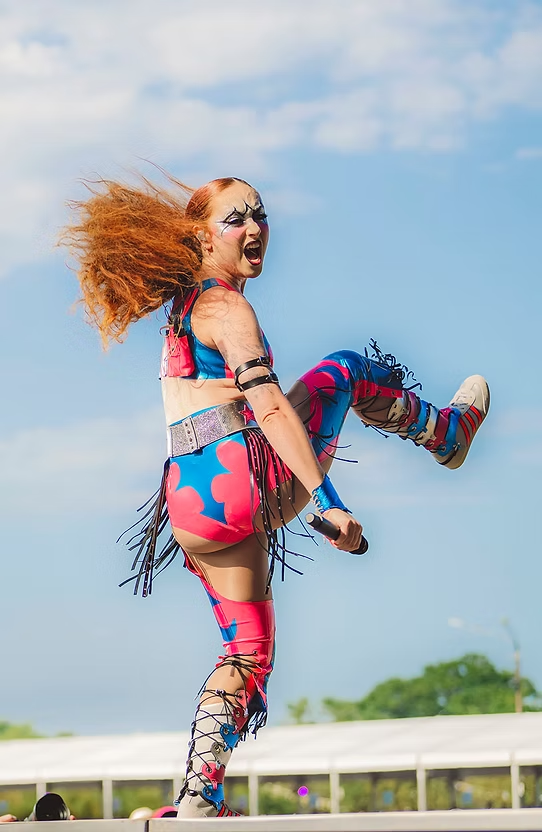
Chappell Roan
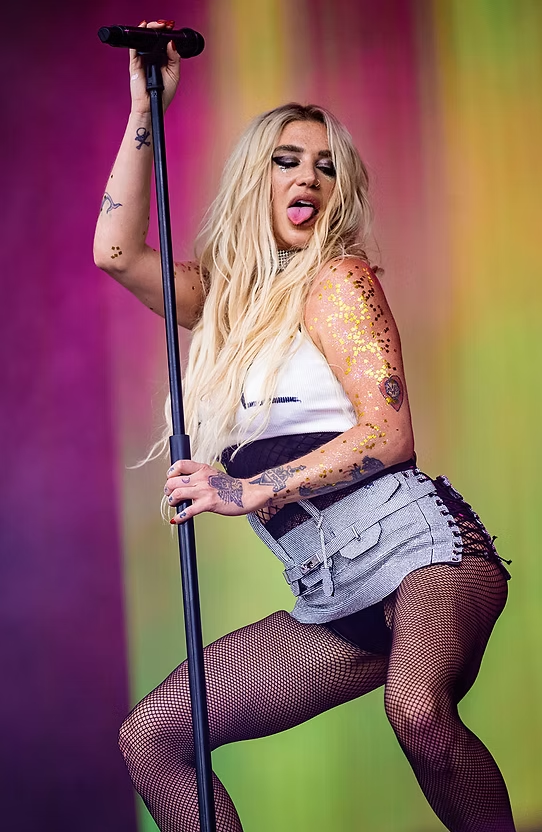
Kesha
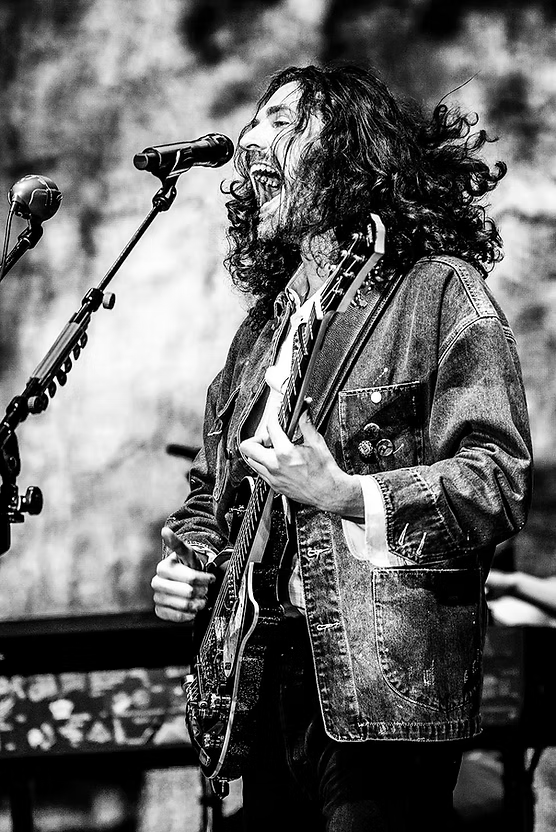
Hozier
That being said, Tyla also did this with R&B, as she exceeded my already high expectations with her set. I love her debut record, and seeing it performed live with incredible stage production, choreography and celebration of African culture was a treat. It is apparent to me that this is a star who needs a stadium tour like Beyoncé. Somehow, Tyla can be compared to her without that being a ludicrous suggestion. That is an accomplishment in and of itself, especially for a 22-year-old.
Afterwards, I stuck around to see the masses pour in to watch Chappell Roan. There is not much I can add about her that has not already been articulated by countless journalists and fans. Being at that historic set, which reportedly had attendance bigger than any Lolla set ever, it was clear that this is not a mere fad but rather a movement that is a celebration of identity, of being who you are while being brave and vulnerable enough to showcase that to the world. Looking around me, all I could see was a pointillistic landscape of pink. The air was spiritual, the joy overflowing. This is the environment that Roan cultivates and this world, as well as my generation, are the better for it.
Lizzie McAlpine was a direct contrast in energy: intimate, lowkey, chill. As she sat one leg over the other playing her acoustic guitar, I couldn’t help but feel as if I were in a lounge. She is a subtle, soft-spoken and vocally impressive talent. It was a nice rest and much needed break away from the occasionally oppressive crowds. Every instrument on the stage had a moment to shine and to demonstrate masterful playing. As she played “Doomsday,” a swirling storm was moving toward us, producing a beautiful juxtaposition. The threat of that, along with the intense pain in my legs, compelled my retreat.
Friday was largely a recovery day, as Thursday proved to be the one with simultaneously the worst weather and the most packed schedule. Despite this, Geese’s set revived me with their playful attitude and unconventional sound. Lead singer Dominic DiGesu interacted with the crowd in a unique, almost scatterbrained way—after one track, he yelled, “Is anyone in the audience in their 70s?!” to pretty much no reaction, as no doubt intended. During others, he blew raspberries into the mic, ran his hand down a keyboard, and dug his foot into the stage on beat. Seeing them was similar to seeing a more vibey Rolling Stones led by David Bryne. While there, I thought that I probably should have gotten a beer with how euphoric I was feeling.
This vibe continued with Victoria Monet, especially after she prompted the audience to “get their weed out” and light it up to her song “Smoke.” I never would have thought I would experience a vast communion revolving around marijuana. It didn’t take any of the haze to recognize that she is a great and beautiful performer that elegantly utilizes choreography (seriously, shout out to her choreographer) to celebrate both R&B and the West Coast. After her set, although my desire to see SZA was strong, my need for rest proved stronger, especially given the day ahead.
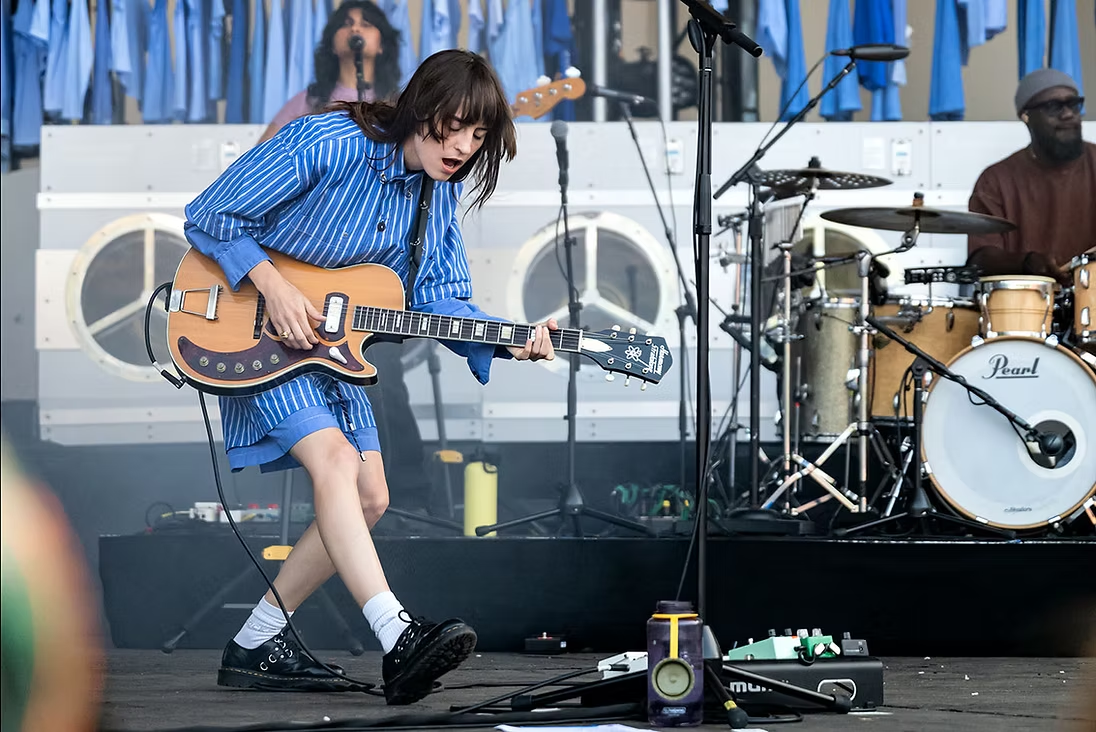
Faye Webster
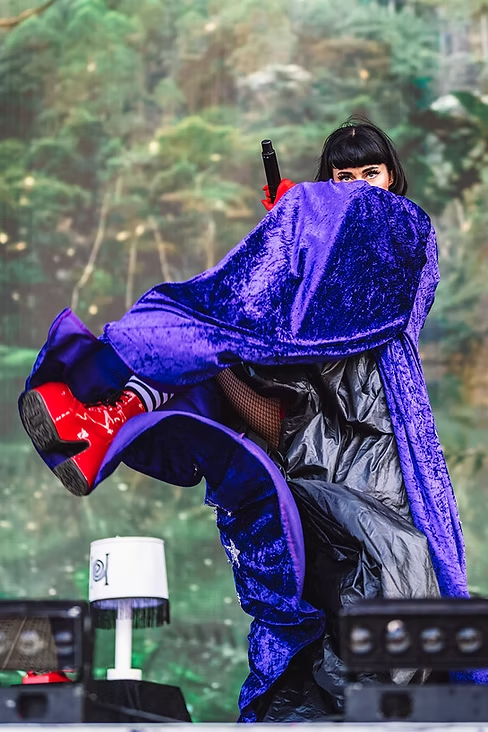
qveenherby

In This Momen
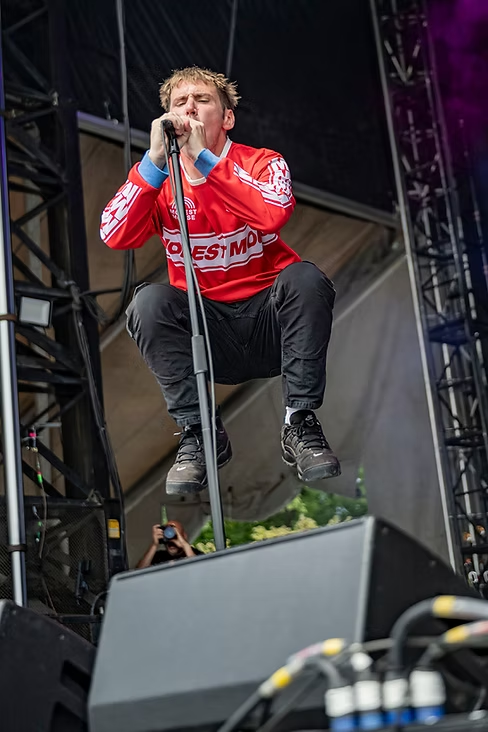
Militarie Gun
My long Saturday began with Happy Landing, an indie folk group that is like a younger and more energetic cross between Mumford and Sons and Dave Matthews Band, with tight harmonies and a soaring fiddle, which would occasionally solo when the rest of the band needed a break. The crowd was hollering, loving every minute of the set, as did I. They were so entertaining that I did not want the set to end, proving that when you love to perform together, that bleeds out in your set, and the audience will follow that passion. A standout moment was when they somehow unintentionally made a mic hum work into a song. The creativity and fun they exuded made the start of my third day a happy one.
These feelings somewhat tapered with TV Girl. They responded to a large crowd and a good amount of anticipation by almost playing like they normally would in a studio, flawlessly working the electronic equipment while taking rips off of an Elf Bar. Their chill and easygoing nature, as well as their happy-go-lucky attitude (Brad Petering would occasionally offer riffs like, “We are gonna play songs that no one even likes” and, while performing on the Bud Light stage, “You could say it kills more people a year than heroin, but they make a good stage”) complimented the previous set. While it wasn’t necessarily the most extraordinary set in the festival, I appreciated the great mix of electronica with “real” drumming and the unique storytelling in the lyrics.
Then came the legendary Deftones who, unsurprisingly, showcased their professionalism and storied career in hard rock. Despite not needing to prove themselves, they played with an intense and intoxicating energy as if they did. Chino Moreno, at 51, performs with a measured ferocity that can hardly be matched, at one point expertly utilizing vocal modulation and equipment and at another running across the stage with his white shirt drenched in sweat. They let the music speak for itself and what it says is the deep nature and beauty of pain. Their set proclaimed clearly that they deserve the respect they’ve been given and their addition to Lollapalooza in 2024 was not only welcome, but necessary.
The energy kept flowing into Killer Mike’s set. As he performed “TALK’N THAT SHIT!,” it was apparent that, unlike other rappers, he has that flow live as well as in the studio. Additionally, one can tell, even if they only caught 20 minutes of his set, that he is a genuine dude: he spent at least five minutes spotlighting his “background” singers by having them flex their vocals as they introduced themselves one by one. He interrupts his own track to shout-out lifelong friends or advocate for social justice. These actions stuck out to me even more than his flow or his bars, which is remarkable since both are noteworthy, especially in contrast to the next set.
After waiting a half hour for their set, during which there was clear dismay among attendees, Future and Metro Boomin came out to perform glorified karaoke of their numerous hits, adding the occasional “I need everybody to put your middle fingers to the sky” or “I can’t hear you.” It felt more like a guided sing-along than watching a rapper perform, as long stretches of verses played over the speakers while Future would stand there. Metro served as nothing more than a hype man, not doing any mixing or showing any talent beyond yelling out the occasional lyric while jumping up and down. After the show was paused temporarily because of crowd crushing, with Future commenting proudly “y’all are getting too lit” while preteen girls were catching their breath amid sobbing, I decided to beat the traffic and go home.
As I was walking to Grant Park on the final day, two things happened that would shatter my already fragile predisposition that results from three full days at a festival—the first was a highly anticipated interview getting canceled, and the second was the sound of popping from my right hamstring, the latter doing more to guarantee I was spending the rest of the day at home. It was a major disappointment. I wanted to watch Nico Vega as I had interviewed them the day before and really love their work. I wanted to review Last Dinner Party, Teddy Swims and Two Door Cinema Club. However, to quote Mick Jagger, “You can’t always get what you want, but if you try sometime you’ll find you get what you need,” and what I did not need was to end up in the hospital.
Regardless, going to Lolla was a formative experience for me. Every day I saw someone break down in tears, and every day I saw someone have the time of their life. The full spectrum of human emotion was on display, along with the full spectrum of musical expression. I saw strangers become Snapchat friends. I saw someone collapse right in front of me. I saw fists being thrown in front of cops. I saw historic crowd elation, and I saw crowd crushing. There is a price to pay for experiencing extraordinary events (in my case, it was a few hundred dollars, a pulled right hamstring, and another bout with Covid), but what you get in return is not only valuable but occasionally perspective-altering. This festival was certainly both.
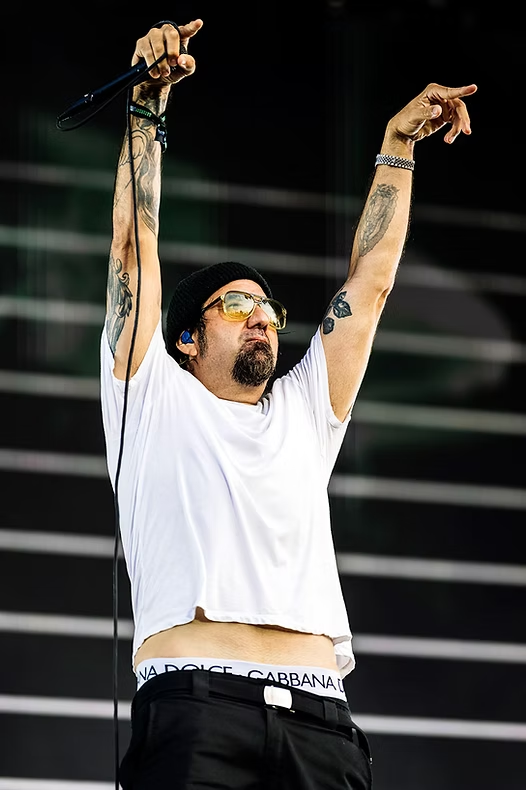
Deftones
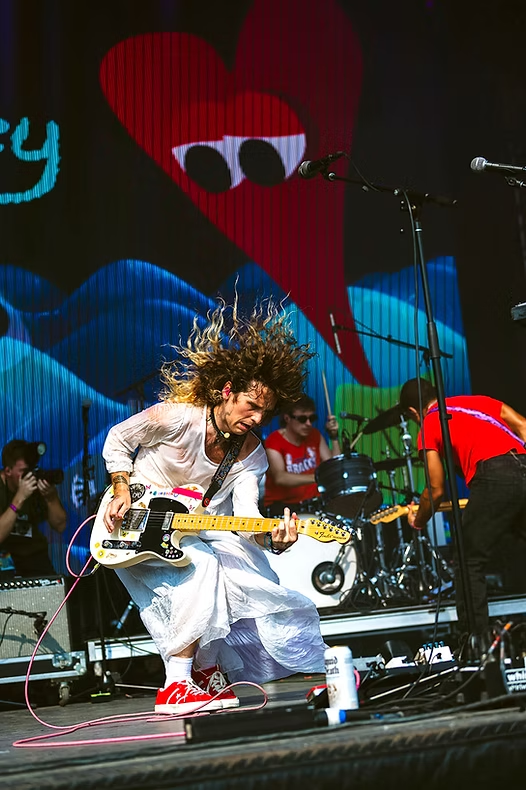
Briston Maroney
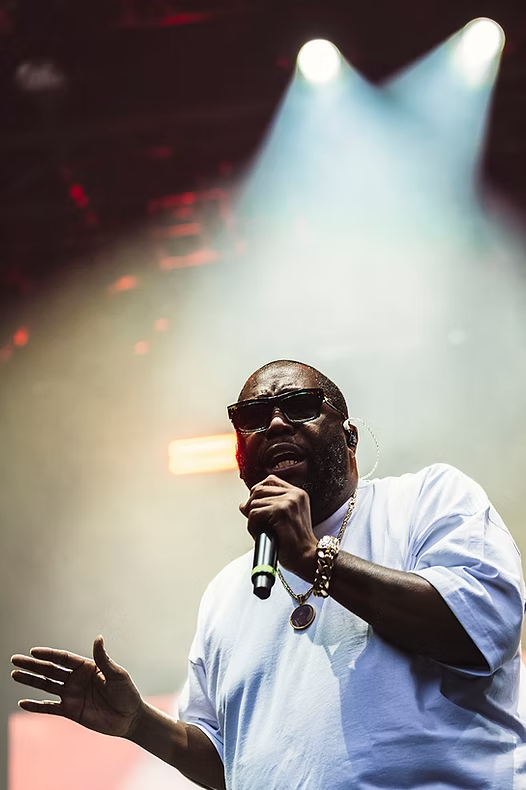
Killer Mike
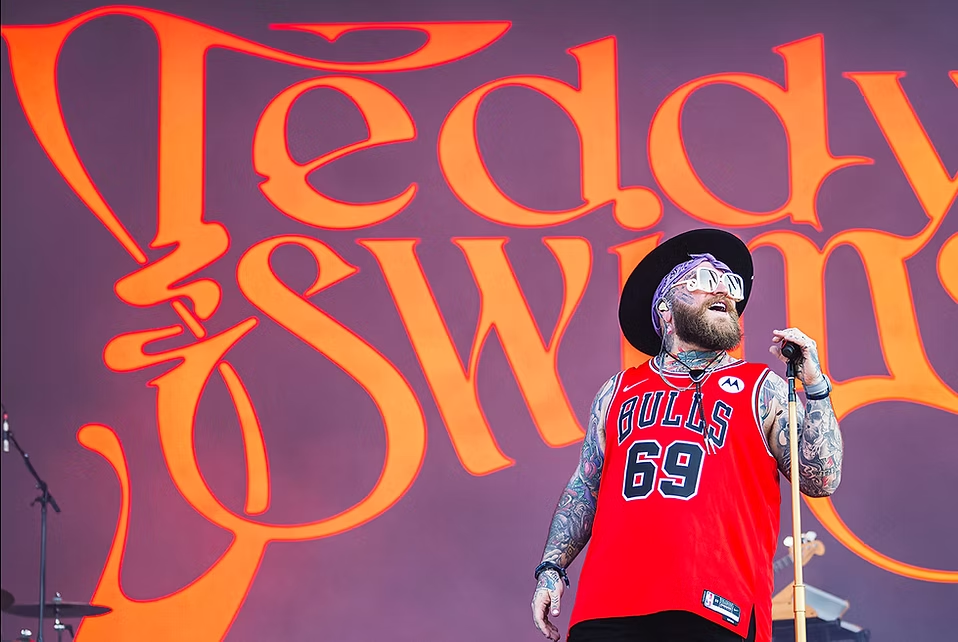
Teddy Swims
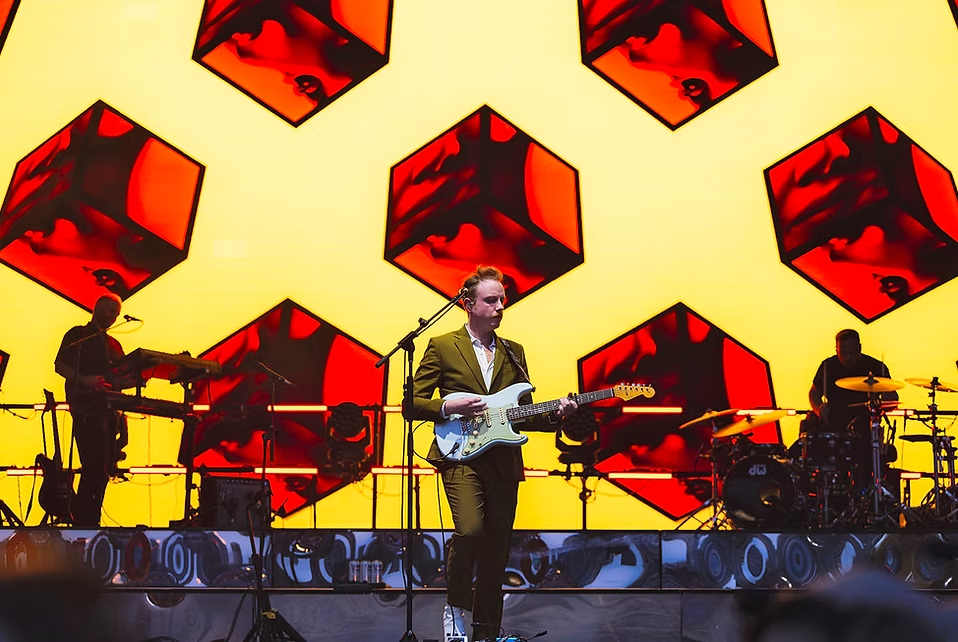
Two Door Cinema Club
